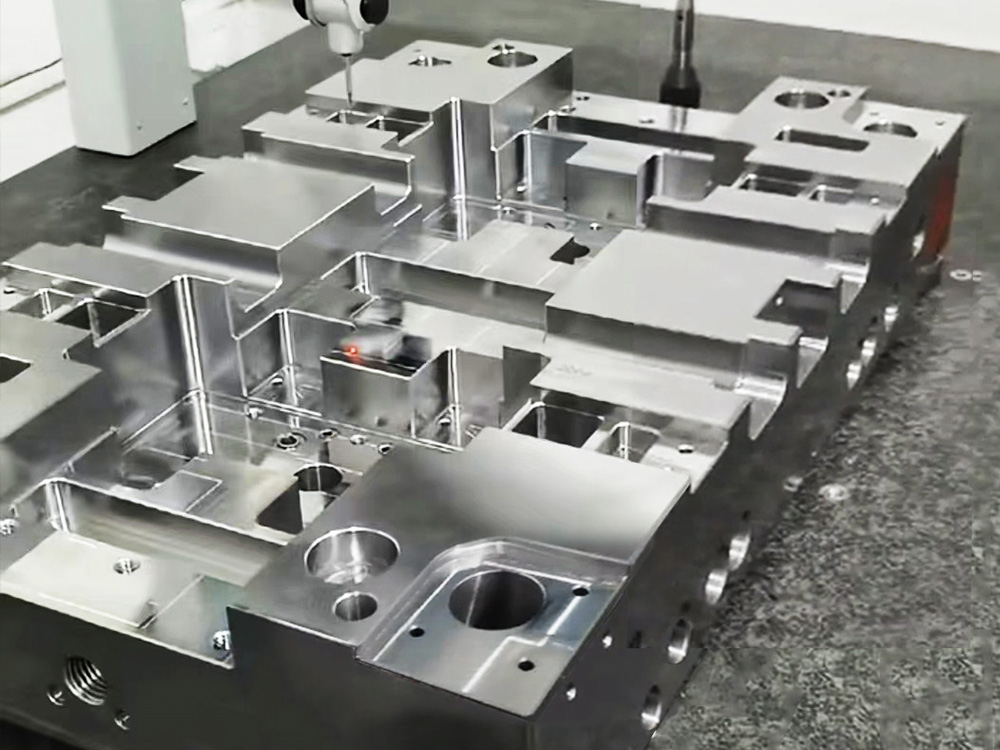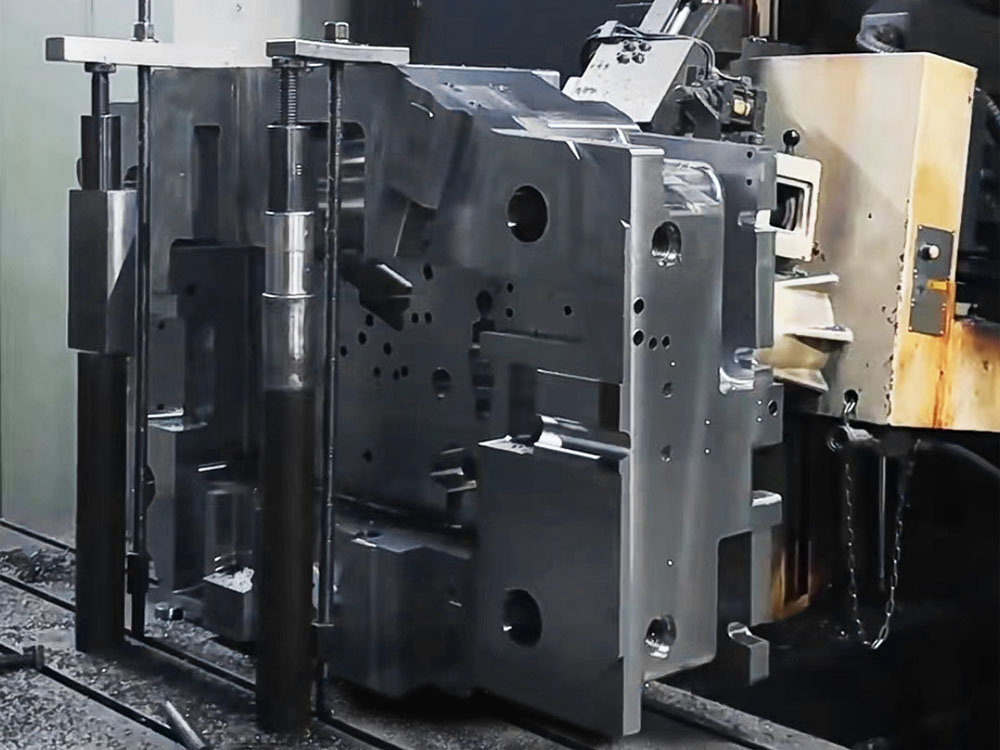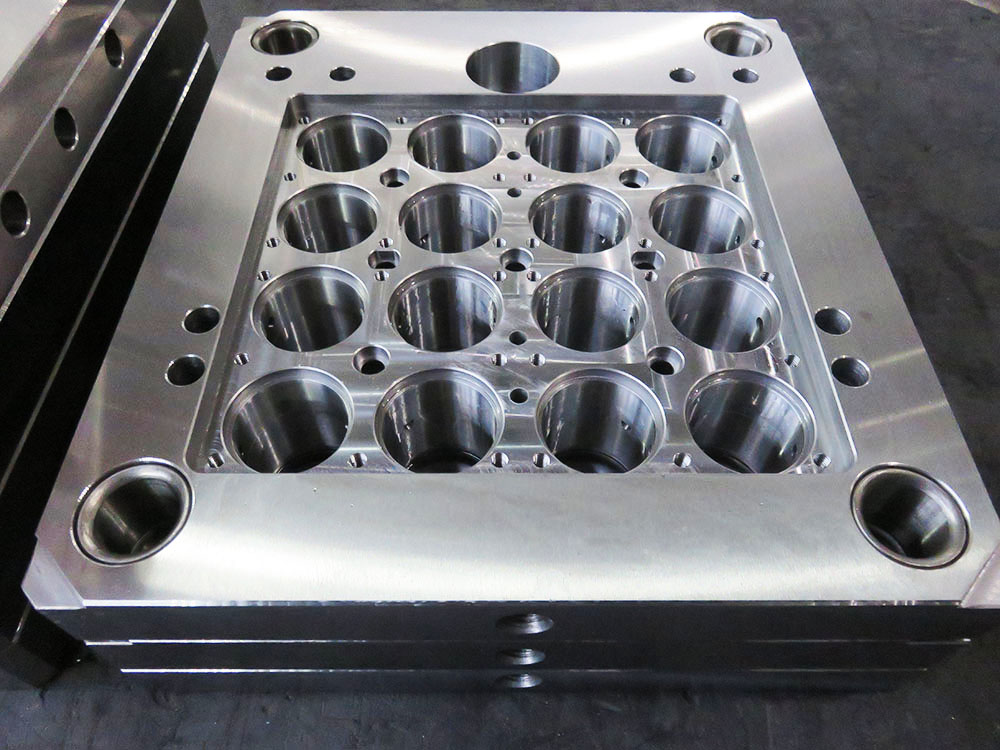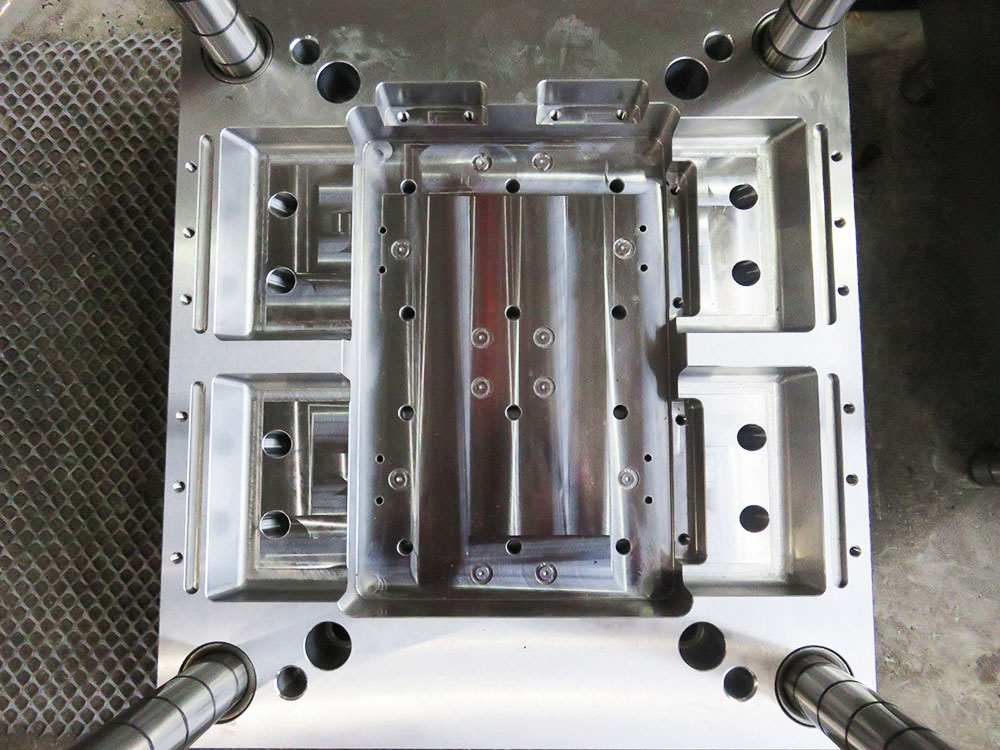How to Use an Injection Molding Machine Frame?
The injection molding process is widely used in the manufacturing industry for the production of various plastic parts and products. One of the crucial components in this process is the injection molding machine frame, also known as the mold base. This article will provide a step-by-step guide on how to use an injection molding machine frame effectively.
Step 1: Preparation
Before using the injection molding machine frame, it is important to ensure that all necessary components are in place and properly mounted. This includes the mold itself, the sprue bushing, and any other attachments required for the specific molding process. The machine frame should also be inspected for any damage or wear that could affect its performance.
Step 2: Insertion of the Mold
The next step is to insert the mold into the injection molding machine frame. This should be done carefully to ensure proper alignment and fit. It is important to secure the mold tightly using the provided locking mechanisms or clamps.
Step 3: Connecting the Injection Unit
Once the mold is securely in place, the injection unit of the machine should be connected. This involves attaching the injection unit nozzle to the sprue bushing on the mold. The connection should be tight to prevent any leakage of molten plastic during the injection phase.
Step 4: Setting up the Injection Parameters
After the mold and injection unit are properly connected, it is time to set up the injection parameters on the machine. This includes determining the appropriate temperature, pressure, and injection speed for the specific plastic material being used. These parameters may vary depending on the desired product characteristics and the type of plastic being processed.
Step 5: Testing and Adjustment
Before starting the production run, it is essential to perform a test injection to verify that the mold is functioning properly and to make any necessary adjustments. This involves running a small amount of molten plastic through the mold to check for any defects or issues. If any problems are identified, the mold or machine settings may need to be adjusted before proceeding.
Step 6: Production Run
Once the mold and machine are properly prepared and tested, it is time to start the production run. The machine will inject molten plastic into the mold cavity, allowing it to cool and solidify. The finished parts can then be ejected from the mold, and the process can be repeated for the next cycle.
Step 7: Maintenance and Cleaning
Regular maintenance and cleaning of the injection molding machine frame are crucial for its long-term performance and reliability. This includes removing any residual plastic or debris from the mold and machine components, lubricating moving parts, and inspecting for any signs of wear or damage. Following the manufacturer's guidelines for maintenance will help ensure optimal operation.
Conclusion
The injection molding machine frame, or mold base, is a critical component in the injection molding process. By following these steps and guidelines, users can effectively utilize the machine frame to produce high-quality plastic parts and products. Proper preparation, setup, and maintenance are key to achieving efficient and reliable production runs.




